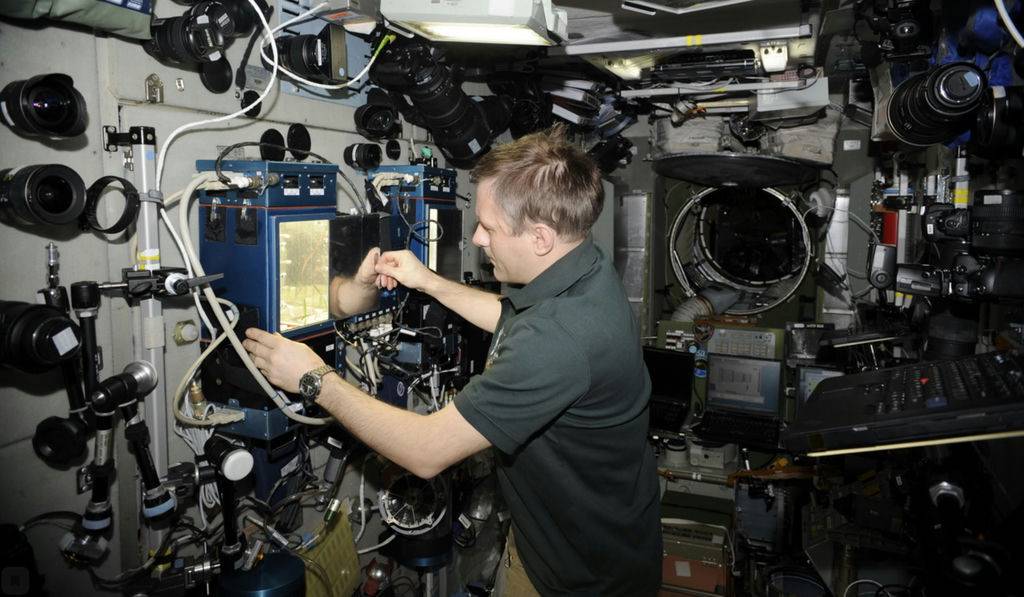The Refabricator system by the US-based aerospace company Tethers Unlimited Inc. (TUI) has been installed on the International Space Station (ISS). The integrated 3D printer and plastic recycler was launched into space in November last year.
The CEO of TUI Rob Hoyt said that he was “incredibly proud and thankful for the hard work put in by our team, the astronauts, and the NASA In Space Manufacturing Team to get the Refabricator all the way to installation aboard the space station.”
3D printing in space
Founded in 1994, Tether Unlimited is an aerospace technology company which has received several contracts from NASA such as the AstroPorter, a space cobot project. Currently, TUI is working on the SpiderFab system, a robotic manufacturing system for in-orbit production of antennas, solar panels, and other such structures.
The Refabricator system was developed with the help of NASA’s Small Business Innovation Research Program grant worth $2.5 million. It is an FDM/FFF 3D printer capable of recycling 3D printed parts into filament form in microgravity. The recycling is made possible through the positrusion process developed by Tether Unlimited.
In November 2018, the Refabricator was delivered to the ISS on the cargo spacecraft Cygnus by the global aerospace and defense company, Northrop Grumman.
Hoyt explained, “It will provide future astronauts the ability to manufacture tools, replacement parts, utensils and medical implements when they need them, and greatly reduce the logistics costs for manned space missions by reusing waste materials and minimizing the amount of replacement parts that must be launched from Earth.”
In-space manufacturing
According to NASA’s in-space manufacturing (ISM) roadmap, provision of spare to maintain the International Space Station is among the constant source of expenditure for NASA. Currently, the ‘Spares Mass Currently Stored on Ground’ for the ISS is approximately 17,990 kgs. It is estimated that 95% of the spare parts will never be used. However, since it is impossible to know which parts would fail at any given time storing a massive inventory is on Earth is necessary.
NASA has explored the potential of 3D printing in space to minimize the cost of spare parts and enable in-situ resource production in the future.
The ISM project initiated by NASA’s Advanced Exploration Systems “serves as Agency resource for identifying, designing, and implementing on-demand, sustainable manufacturing solutions for fabrication, maintenance, and repair during Exploration missions.”
According to Niki Werkheiser, ISM project manager at Marshall Space Flight Center, “The Refabricator is key in demonstrating a sustainable model to fabricate, recycle and reuse parts and waste materials on extended space exploration missions.”
Source: 3dprintingindustry


